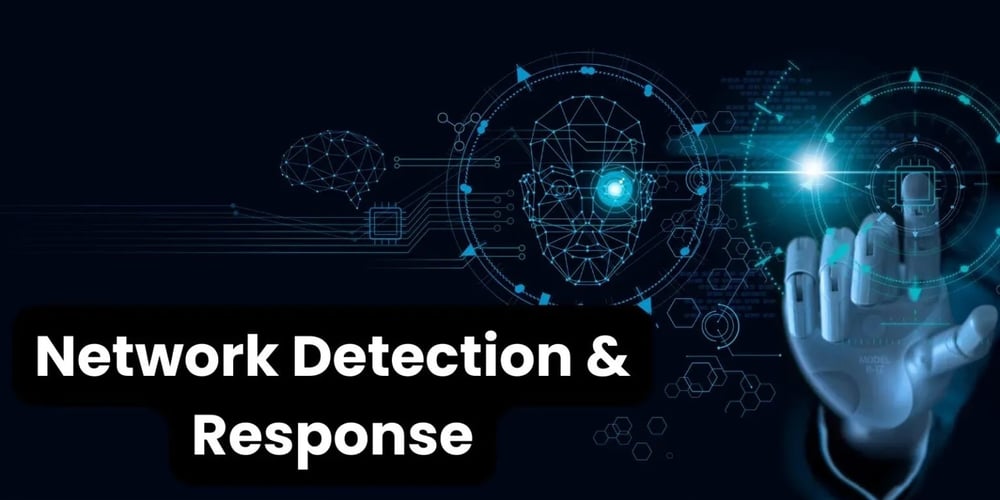
In today’s evolving threat landscape, organizations require a multi-layered approach to cybersecurity. Security Information and Event Management (SIEM) and Endpoint Detection and Response (EDR) solutions play crucial roles in detecting and mitigating threats. However, Network Detection and Response (NDR) is a vital component that enhances visibility and strengthens defense mechanisms. By integrating NDR with SIEM and EDR, enterprises can achieve a holistic cybersecurity posture, ensuring comprehensive threat detection, response, and mitigation.
Understanding SIEM, EDR, and NDR
SIEM: Centralized Security Intelligence
SIEM solutions aggregate and analyze security logs from various sources, providing centralized threat intelligence and compliance reporting. By correlating events across multiple systems, SIEM helps security teams identify potential threats and anomalies. However, SIEM relies on log-based data and may not offer complete network visibility, limiting its effectiveness against sophisticated threats.
EDR: Endpoint-Centric Protection
EDR solutions focus on detecting and responding to threats at the endpoint level. By continuously monitoring endpoint activities, EDR identifies malicious behavior, isolates compromised devices, and enables rapid remediation. While EDR is critical for endpoint protection, it does not provide insight into threats that traverse the broader network or evade endpoint controls.
NDR: Network Visibility and Threat Detection
NDR solutions analyze network traffic to detect anomalous patterns, lateral movement, and advanced persistent threats (APTs). By leveraging AI-driven analytics and behavioral detection, NDR provides real-time visibility into network activities, uncovering threats that may bypass SIEM and EDR defenses.
The Synergy of NDR, SIEM, and EDR
-
Comprehensive Threat Detection
-
SIEM correlates log-based data but may miss real-time network threats.
-
EDR detects endpoint-level threats but lacks full network visibility.
-
NDR monitors east-west and north-south traffic, detecting hidden threats within the network.
-
-
Enhanced Incident Response
-
SIEM aggregates security events, aiding in forensic analysis.
-
EDR contains and mitigates endpoint-based threats.
-
NDR helps security teams trace the origin and progression of network threats, enabling proactive response.
-
-
Reduced Alert Fatigue
-
By integrating NDR insights into SIEM and EDR, security teams receive context-rich alerts, reducing false positives and improving threat prioritization.
-
-
Better Protection Against Insider Threats
-
NDR detects anomalous user behaviors and lateral movements that may indicate insider threats, complementing SIEM’s log analysis and EDR’s endpoint monitoring.
-
-
Strengthened Zero Trust Security
-
NDR continuously monitors network behavior, aligning with Zero Trust principles to verify and analyze all network activities.
-
Conclusion
While SIEM and EDR are essential components of modern cybersecurity, they alone cannot provide complete threat visibility. NDR enhances these solutions by providing deep network insights, detecting lateral movement, and offering real-time threat intelligence. By integrating NDR with SIEM and EDR, organizations can achieve a holistic cybersecurity posture, ensuring robust protection against evolving cyber threats.





Leave a Reply